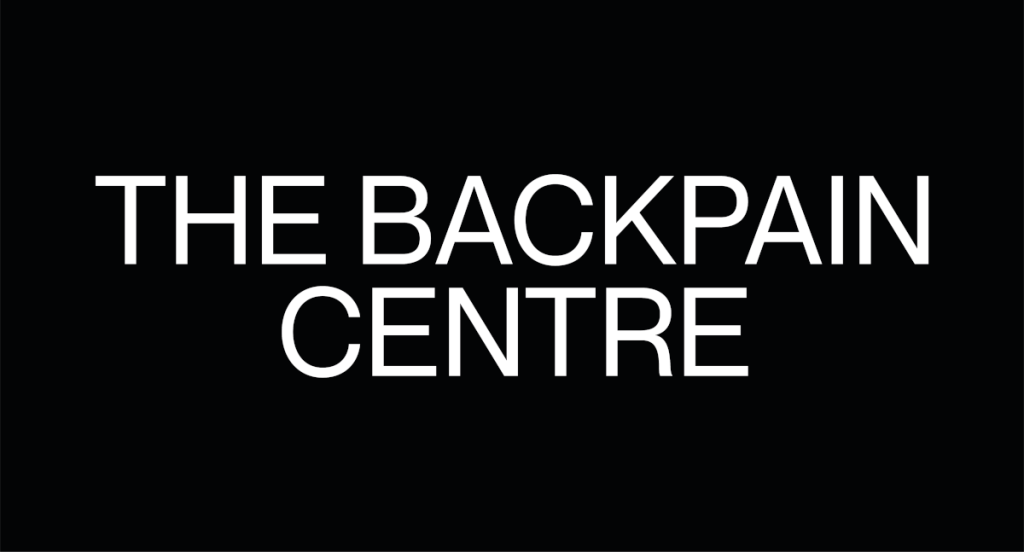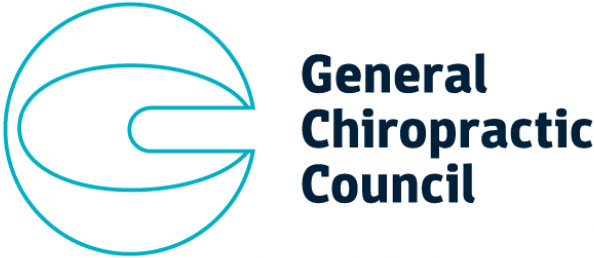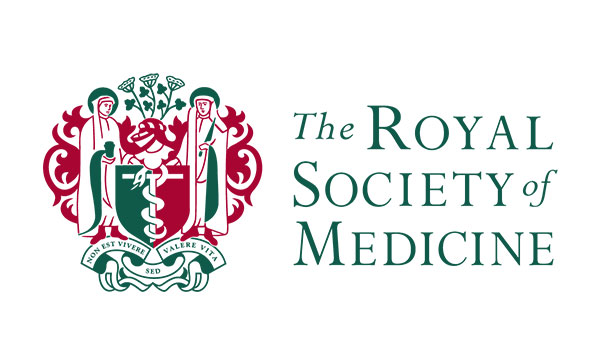Ultrasound
What is Ultrasound Therapy?
Ultrasound therapy is the application of high frequency mechanical vibrations generated by the deformation of piezoelectric crystals to areas of pain, inflammation and tissue damage. The crystals are usually located in the head of the transducer which is applied directly to the skin over the target area.
Ultrasound affects different tissues in different ways.
Ligaments – Accelerated ligament healing (in a study on rats)
Cartilage – Enhanced the healing of cartilage defects in vivo.
Tendon – Low intensity pulsed ultrasound improves the biomechanical properties of the tendon.
Ultrasound waves are absorbed by different tissues at different wavelengths. Depending on the target tissue, the settings on the ultrasound machine can be manually changed.
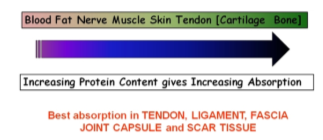
Ultrasound for soft tissue injuries
Soft tissue healing after an injury is generally separated into three phases; Inflammation, Proliferation, and Remodelling.
Applied during the inflammatory stage, Ultrasound has a stimulating effect on the healing cells in the area, such as mast cells, platelets, white blood cells and macrophages. This speeds up the inflammatory process which is essential to the effective repair of the tissue.
During the proliferation stage, US has a similar effect, but this time on fibroblasts, endothelial cells (skin cells) and myofibroblasts (muscle cells). Again, this maximises the efficiency by producing the required scar tissue in an optimal fashion.
In the final stage—remodelling– US can affect the remodelling of the newly formed collagen fibres within the damaged tissue to increase its strength and enhance tissue mobility.
What can ultrasound treat?
- Bursitis
- Tendonitis/Tendinopathy
- Muscle Strain and tears
- Osteoarthritis
- Ligament/tendon injuries
Risks and Benefits
Ultrasound also has a localised pain relieving effect and as such can be used during the acute phases of an injury, e.g. after you sprain your ankle.
As long as ultrasound is applied correctly, there are very few risks involved. Ultrasound cannot be used if you suffer from;
- Malignant or cancerous tissue
- Acute infections
- Risk of haemorrhage
- Severely ischemic tissue
- Recent history if venous thrombosis
- Exposed neural tissue
- Suspicion of a bone fracture
- If the patient is pregnant.
Do not use in the region of the gonads (sex organs), the active bone growth plates of children, or the eye.
Recommended Treatment
The ultrasound dosage you require depends on the type of injury you have. For example, if you have an acute ligament sprain (occurred within the last two weeks) you would need more frequent sessions of lower intensity pulsed ultrasound to encourage the inflammatory stage. Compare this to a very chronic (6 months plus) ligament problem which would need less frequent sessions but of higher intensity to gain the desired effect during the remodelling stage.
Your treatment frequency and intensity will be discussed with you and decided on by your clinician.
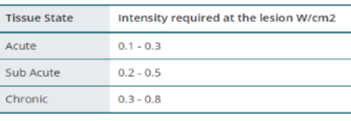
Treatment Cost
Treatment costs vary from clinic to clinic. At the Back Pain Centre, we like to pride ourselves on our effective yet affordable ways to ease your pain. As such, price for treatment as follows;
Individual treatment – £20
If you are already a chiropractic patient receiving care and your Chiropractor feels that Ultrasound is appropriate, this will be included in your treatment charge.
